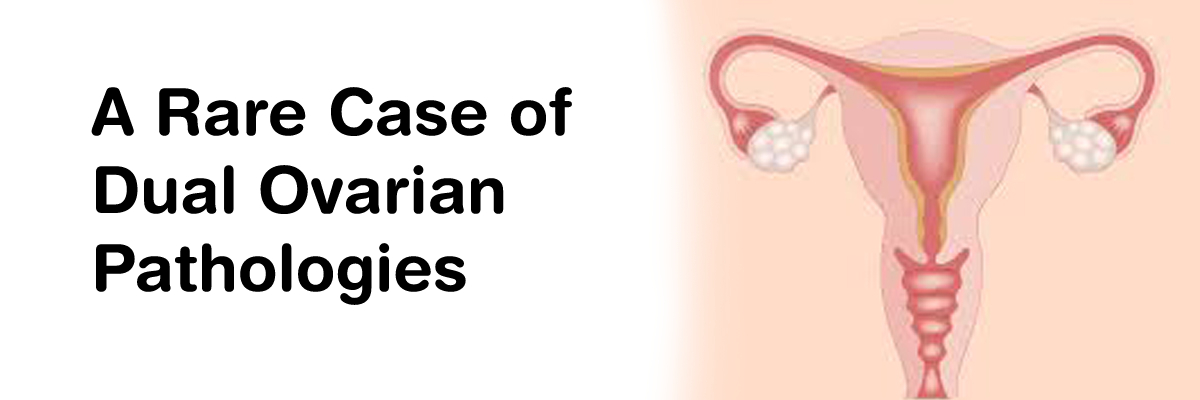
 IJCP Editorial Team
IJCP Editorial Team
A Rare case of Dual Ovarian Pathologies
A report describes a case of a 21-year-old female with a family history of breast cancer who sought treatment after being diagnosed with stage IC well-differentiated mucinous ovarian cancer. She was diagnosed with an incidental left ovarian cyst (20 cm in the left ovary occupying the whole abdomen) after being worked up for abnormal facial hair. Her chest, abdomen, and pelvis CT scan revealed a large left complicated ovarian cyst extending to the pancreas with the minimal obstructive ureter. Her CA-125 concentration was 21.9 U/mL. She had a history of cystectomy with laparoscopic assistance at another facility, where a well-differentiated ovarian mucinous carcinoma was confirmed with a histopathology findings. The immunohistochemical stains CK 7 was positive, while CK 20, CDX2, SATB2, GATA-3, GCDFP15, and mammaglobin were negative.
Her ovarian capsule ruptured during surgery; hence the FIGO stage was IC. Her upper and lower gastrointestinal endoscopies were unremarkable. The multidisciplinary tumor board decided on fertility-preserving completion surgery for her following ovarian protocol. However, she insisted on a delayed date because of her approaching examinations; hence was given a date for surgery in two months. But, she presented progressively increasing abdominal distension a few days before her surgery. Her CA-125 increased from 21.9 U/mL to 181 U/mL. The USG abdomen pelvis showed moderate to gross ascites. The peritoneal fluid cytology came positive for malignant cells. The chest, abdomen, and pelvis CT scan indicated disease progression with widespread omentoperitoneal disease and large volume ascites. The multidisciplinary tumor board recommended postponing surgery and initiating neoadjuvant chemotherapy.
She showed a good radiological response after five cycles of carboplatin, paclitaxel, and bevacizumab; and underwent completion surgery as per ovarian protocol. The histopathology report demonstrated small cell carcinoma in the left ovary, a residual focus of mucinous ovarian carcinoma, and surface deposits of small cell carcinoma on the right ovary.
The peritoneal wall, omentum, right fallopian tube, and appendix were involved with metastatic small cell carcinoma. There was an aberrant expression of p53, and synaptophysin was positive,whileTTF1, Cam5.2, NSE, WT1, CK, and LCA were negative. Immunohistochemistry for SMARCA4 and INI1 showed them intact. The unavailability of SMARA2 evaluation prompted using a positron emission tomography scan four weeks after surgery which showed progressive disease with the development of ascites with an omental and peritoneal disease, hepatic lesion, pelvic masses, and abdominal wall deposits. Her serum calcium levels were 9.59 mg/dL. She received one cycle of cisplatin and etoposide chemotherapy, following which her health deteriorated, and she succumbed to progressive disease. From the date of her diagnosis, she could only survive for ten months.
Mannan SA, Azhar M, Iftikhar J, Chaudhry SK, Hameed M. A Rare Presentation of Dual Ovarian Pathologies: Small Cell Carcinoma of the Ovary and Mucinous Ovarian Cancer. Cureus. 2021 Nov 11;13(11):e19468. DOI: 10.7759/cureus.19468. PMID: 34912610; PMCID: PMC8665671.

IJCP Editorial Team
Comprising seasoned professionals and experts from the medical field, the IJCP editorial team is dedicated to delivering timely and accurate content and thriving to provide attention-grabbing information for the readers. What sets them apart are their diverse expertise, spanning academia, research, and clinical practice, and their dedication to upholding the highest standards of quality and integrity. With a wealth of experience and a commitment to excellence, the IJCP editorial team strives to provide valuable perspectives, the latest trends, and in-depth analyses across various medical domains, all in a way that keeps you interested and engaged.




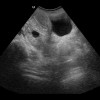
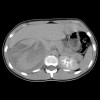










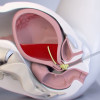

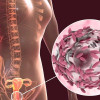
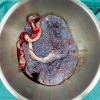

Please login to comment on this article